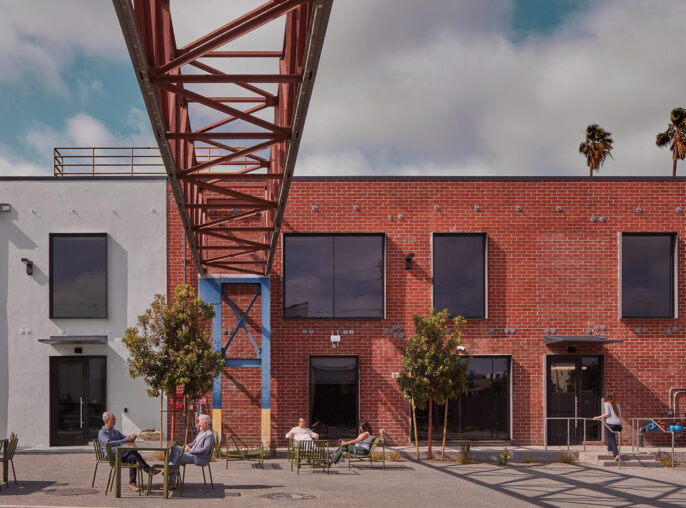Insight
How Will Lighting Play a Part in our New Future?

The role of lighting and lighting controls in the coronavirus calculus might not be as readily apparent as PPE protocol, seating separation, or high-touch hygiene, but like all aspects of our physical work space, every point of contact and each environmental element needs to be considered.
Many technologies currently exist, and as with other trends affected by the pandemic, the most relevant will see an acceleration of implementation. Here are some ways that lighting and controls may play a role in the re-opening of 2020 and promise to continue beyond the current crisis.
Controls
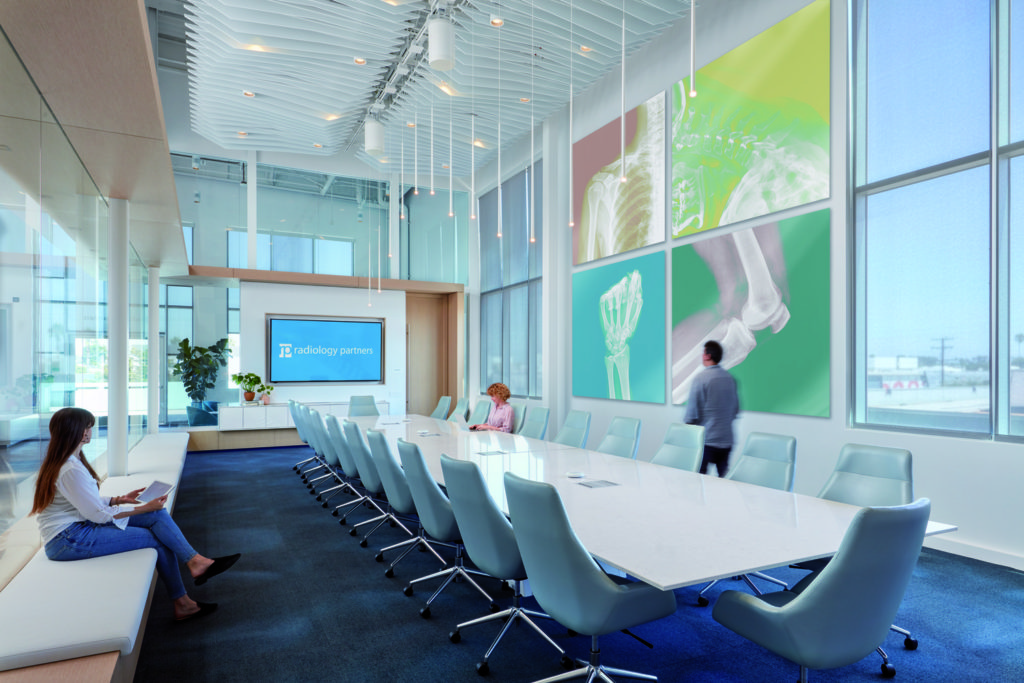
Looking for no-touch solutions? Concerned about having to touch light switches in every office and conference room? Energy codes already mandate occupancy and vacancy sensors, so we are halfway there. Look for the remaining touch points to be replaced by 100% sensor-activated lighting or use your personal mobile device to tap “virtual switches” via Bluetooth technology. Many programs already exist, and many existing installations can be re-programmed now. More ideas are on their way from controls manufacturers; wireless was the last big innovation, touchless will be the new normal. The ability of these systems to be secure, specific, and safe will only encourage their quick adoption.
Data
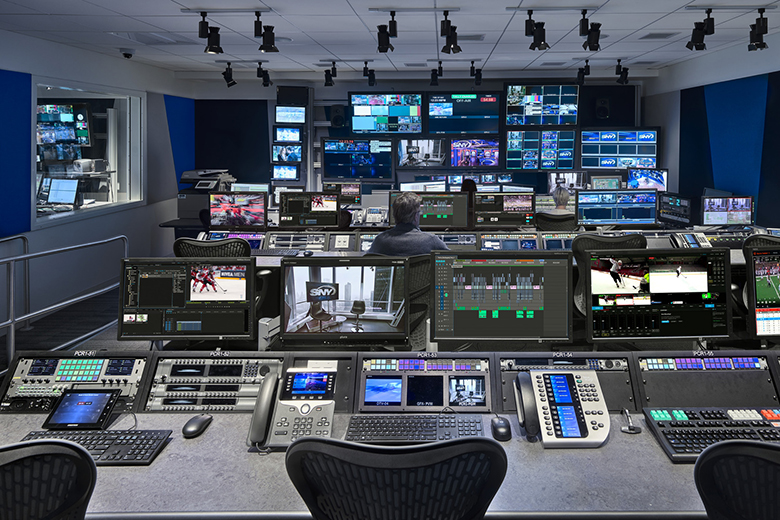
Much has been made of the potential of sensors and control systems to gather and monitor data. Its use is not widely spread; so far there has been limited interest in investing in these capabilities. However, the desire to control density, encourage separation, and monitor health may create a demand for data collection. These devices can read temperature, motion, occupancy, analyze travel patterns, and density; the availability of this information could become critical in monitoring spaces for health and well-being. Do not be surprised if such data collection gains popularity. These features have been emphasized by proponents of PoE (power over ethernet) but many control systems – wired, wireless and integrated power/data designs can provide a multitude of sensor types.
Data collection raises many issues surrounding personal privacy and health information security, so look for this aspect to be carefully debated. How much does the government or your landlord or your employer have a right to know about your health, your whereabouts, or who you have been in contact with? Who owns personal health data in the workplace? And who has access to it? How is it protected?
Hygiene Highlights
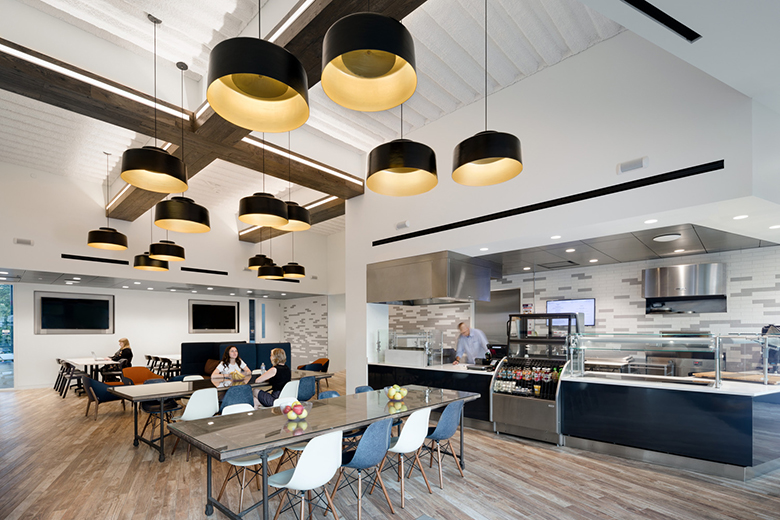
The lighting technology space has been flooded in the past couple months with claims of the disinfectant properties of “light”. Mostly this is a reference to UV radiation that is not on the visible light spectrum. Short wavelength UV-C bands have been used in the medical community for years to clean areas of high contact and contamination – used properly, they are effective against just about every type of germ, pathogen, or coronavirus. GUV or “Germicidal UV Light” is also a current term for UV-C. There are also products with a specific “Violet Band” that has more limited disinfectant properties and is not effective against coronaviruses. Words of Caution: UV-C radiation can be dangerous to humans and must be used in controlled conditions, and not all are proven to kill coronaviruses, so pay attention to all warnings and guidelines. Furthermore, their use does not eliminate the need to physically clean surfaces but is a supplementary layer of sanitation. These technologies use a significant amount of additional energy, but as this is not lighting it is exempt from energy codes. Despite legitimate concerns around UV radiation, it can be helpful when carefully used. High-touch situations like healthcare, food services, mass transportation, public restrooms are all likely places to consider this technology to keep us safe.
Visibility
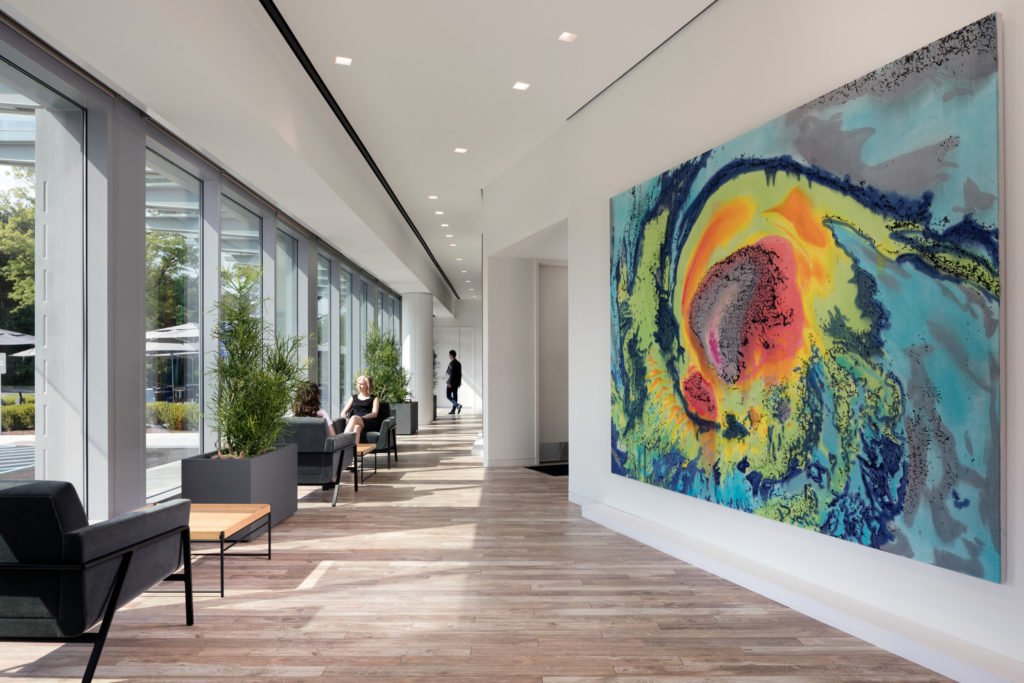
It is easier to clean more thoroughly in a well-lit space so do not be surprised if higher light levels are demanded for deep-cleaning purposes – control settings can always trim these levels down to normal occupant levels during working hours.
Wellness
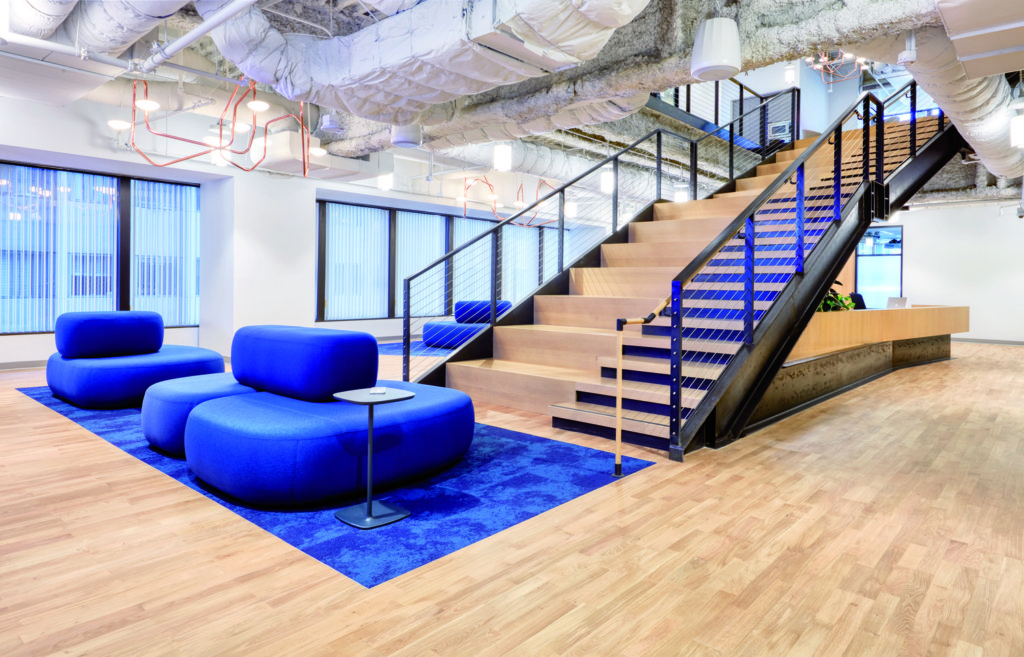
Sustainability initiatives such as LEED and WELL place an emphasis not only on energy efficiency of lighting but also on the qualities of light that contribute to our wellness. Whether color quality, visual comfort, circadian stimulus, uniformity, or daylight – good lighting keep us healthier. Since ensuring a strong immune system is more important now than ever, expect to see a renewed emphasis on maximizing the healthy aspects of lighting.
Remote Working in the Age of the Video Chat
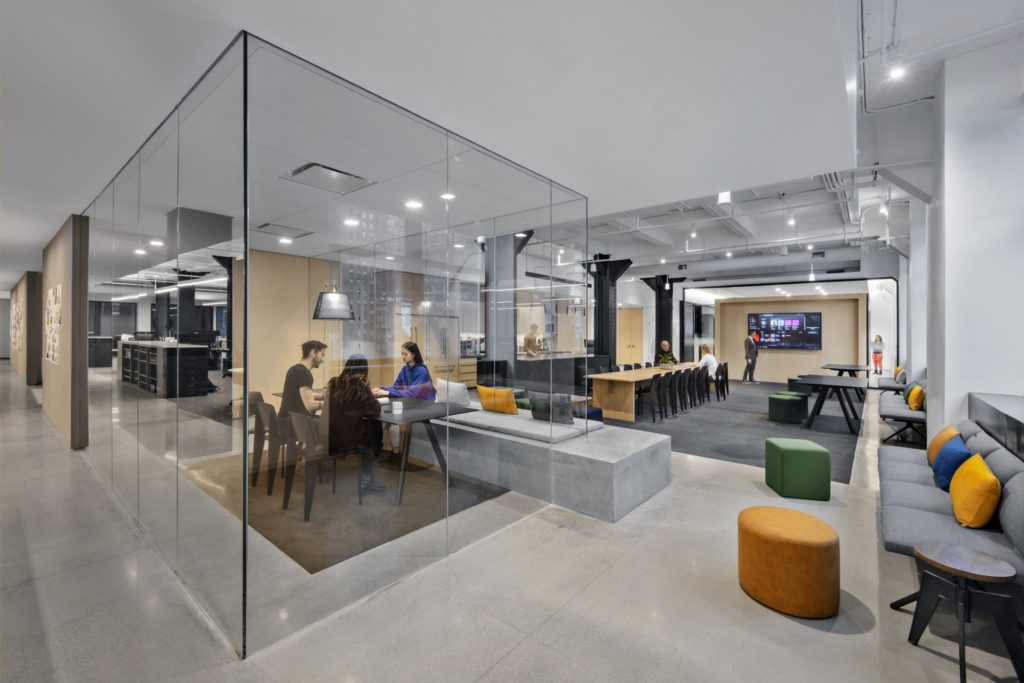
And finally, the world is quickly getting used to person-to-person interactions on screen from our “home studios”. This applies not only to Broadcasting, but to Teaching, Sales Presentations, Client Pitches, Remote Meetings, and Team Activities. We should all want to look our best and communicate as clearly as possible. Lighting helps bring our virtual selves closer and feel more connected, allowing us to be seen and understood. Have the masks on reporters made you realize that we need the visual cues of faces and moving lips to help us comprehend the message? There are many things you can do to balance your image: light yourself from front and sides with table or floor lamps, light your backdrop but eliminate glare sources behind you such as bright windows or lamps, raise the position of your camera to aim from slightly above eye level for the best angle, take advantage of light reflective mats on your desk to dampen shadows. These will create a more evenly lighted screen shot and better rendering of all skin tones. Make the most of your new on-screen personality!
Every aspect of how we move through and interact with our environment is being re-examined and re-thought today. Lighting and lighting controls is one more piece to the puzzle of creating a safer way forward. At HLW and Spark Studio, we are working on solutions to support our clients as we go through this time and move into the future together. Be well, be inspired, be hopeful – we will all be better in the long-term.


